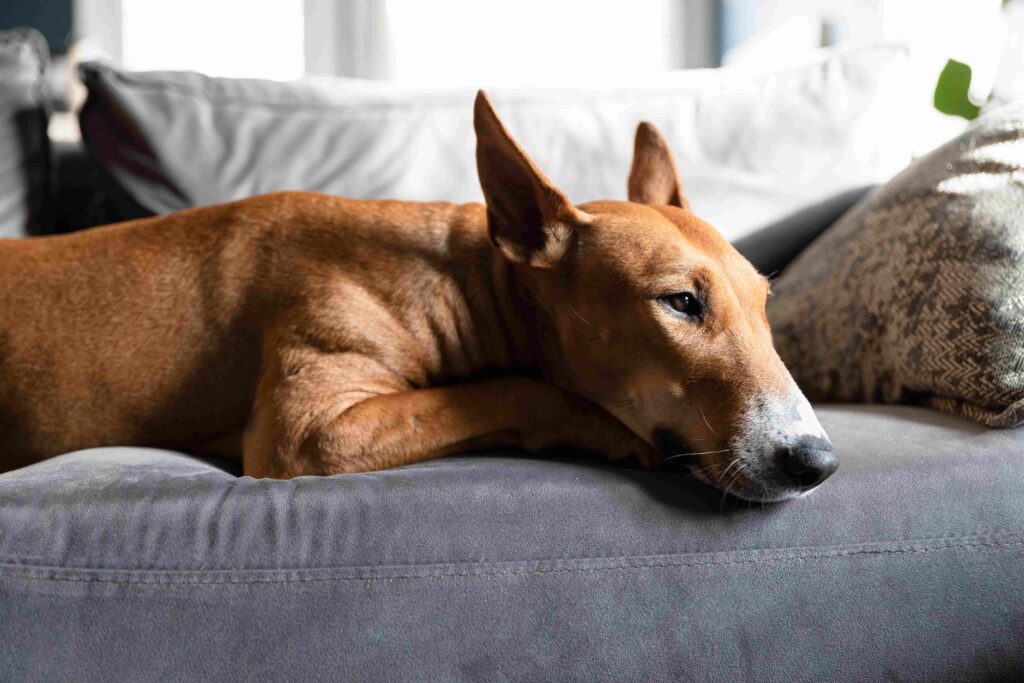Understanding Separation Anxiety in Dogs: Causes, Symptoms, and Treatment Options

Separation anxiety is a common behavioral issue that many dogs experience when they are left alone for extended periods of time. It can be a frustrating and stressful situation for both dogs and their owners. In this blog post, we’ll explore the causes, symptoms, and treatment options for separation anxiety in dogs.
Causes of Separation Anxiety
There is no one specific cause of separation anxiety in dogs. It can be triggered by a number of factors, such as changes in the dog’s routine, a traumatic event, a change in living arrangements, or a lack of socialization. Dogs that are more prone to anxiety or stress may be more likely to experience separation anxiety.
Symptoms of Separation Anxiety
Symptoms of separation anxiety can vary from dog to dog, but some common signs include excessive barking, destructive behavior, excessive drooling or panting, urinating or defecating indoors, and attempts to escape. These symptoms typically occur when the dog is left alone or is anticipating being left alone.
Treatment Options for Separation Anxiety
There are a variety of treatment options available for dogs with separation anxiety. One of the most effective approaches is behavior modification training, which involves gradually exposing the dog to being alone for short periods of time and rewarding them for calm behavior. Medications, such as anti-anxiety drugs, may also be prescribed in severe cases. Other options include providing plenty of exercise and mental stimulation, using calming pheromone sprays or diffusers, and seeking the help of a professional dog trainer or behaviorist.
Preventing Separation Anxiety
Preventing separation anxiety is always the best approach. Socializing your dog at a young age and gradually introducing them to being alone can help prevent the development of separation anxiety. Additionally, creating a comfortable and safe space for your dog when you’re away, such as a crate or designated room, can help reduce anxiety.
In conclusion, separation anxiety is a common behavioral issue in dogs, but it can be managed with proper treatment and prevention. By understanding the causes and symptoms of separation anxiety and seeking the help of a veterinarian or behaviorist, you can help your furry friend feel more comfortable and calm when you’re away.
